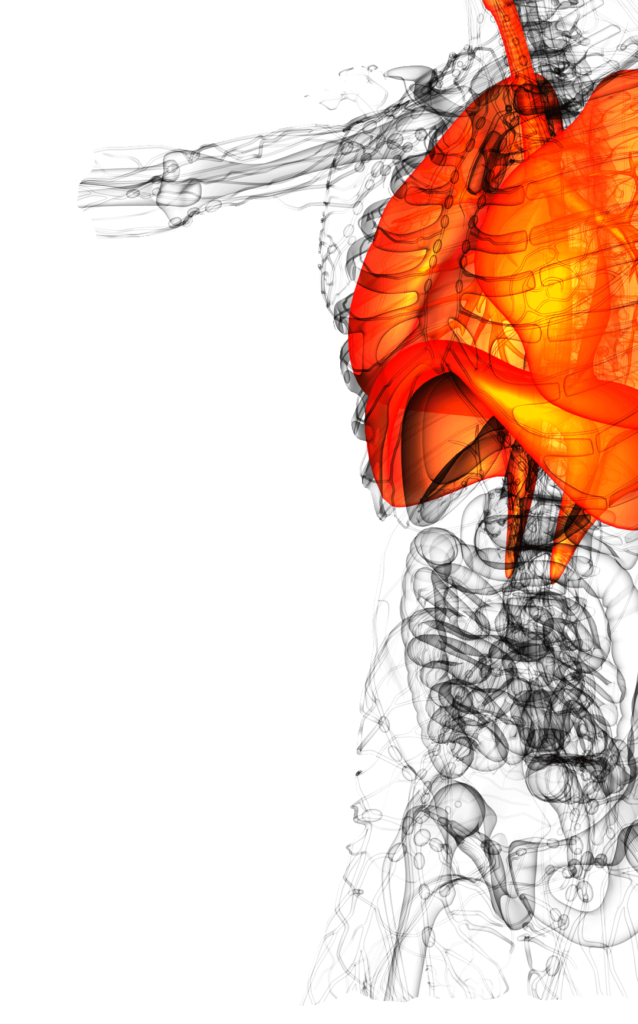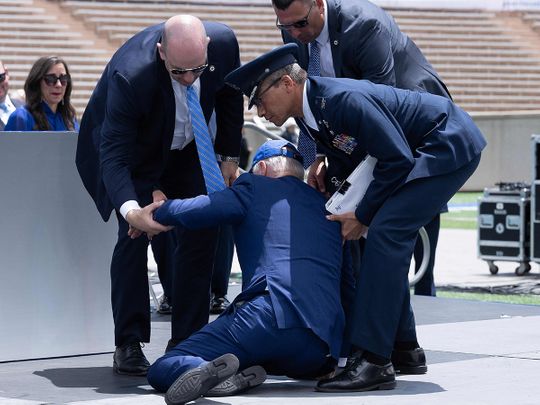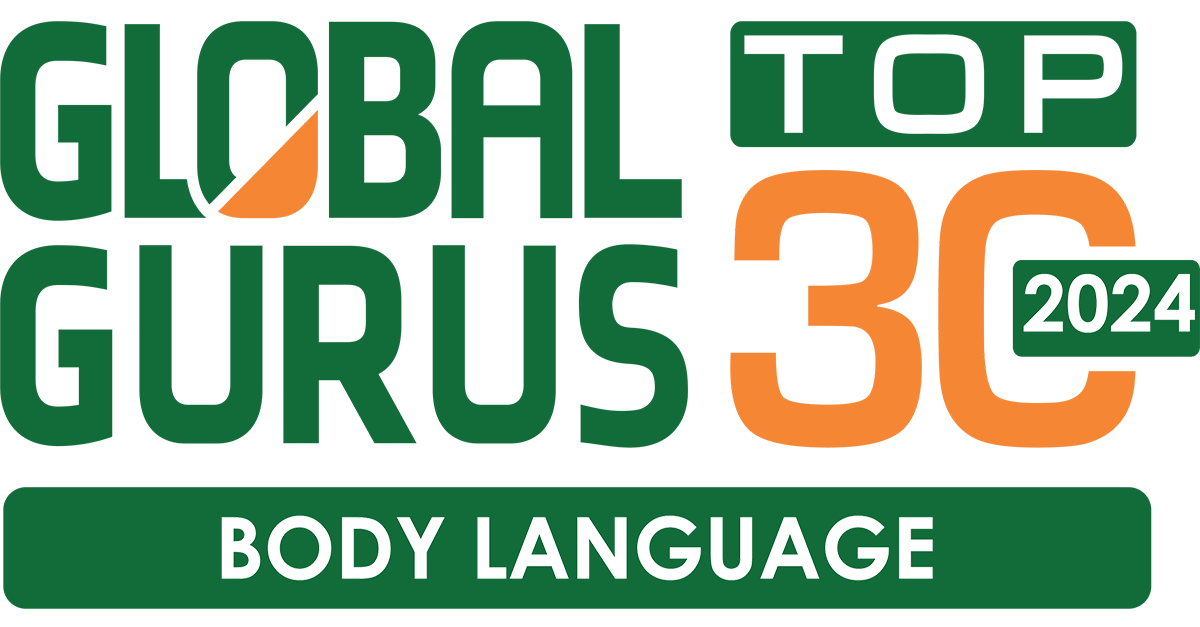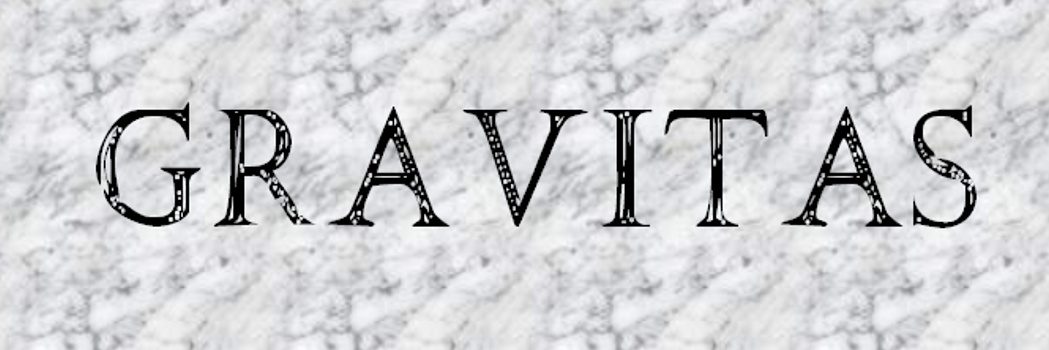
The Three forgotten skills
Last week, I ran the first Gravitas Masterclass and it was successful.
The fascinating areas in my research of the Ancient Romans are the three forgotten skills of Gravitas that are so important for us today.
1. Gestures
The first is my almost blinding obsession with gestures. I have worked in this area for years now and have seen incredible results from clients who work on new patterns to assist them in their communication.
Now, you might be saying that they are simply accompanying their thoughts to strengthen their communication. True, but there is so much more. Gestures help you free the body, add emotional commentary, supply visual accompaniment, and can even signal pre-arranged messages to significant people around us.
“All emotional appeals necessarily lose their force if they are not kindled by the voice, facial expression, and demeanor of practically the entire body” (Quint. Inst. 11.3.2: adfectus omnes languescant necesse est, nisi voce, vultu, totius prope habitu corporis inardescunt)

Is this a new concept? No. Gestures were a flourishing area of study up until 1890, when all studies ceased, possibly due to the invention of the megaphone. It is time, however, to reinstate them.
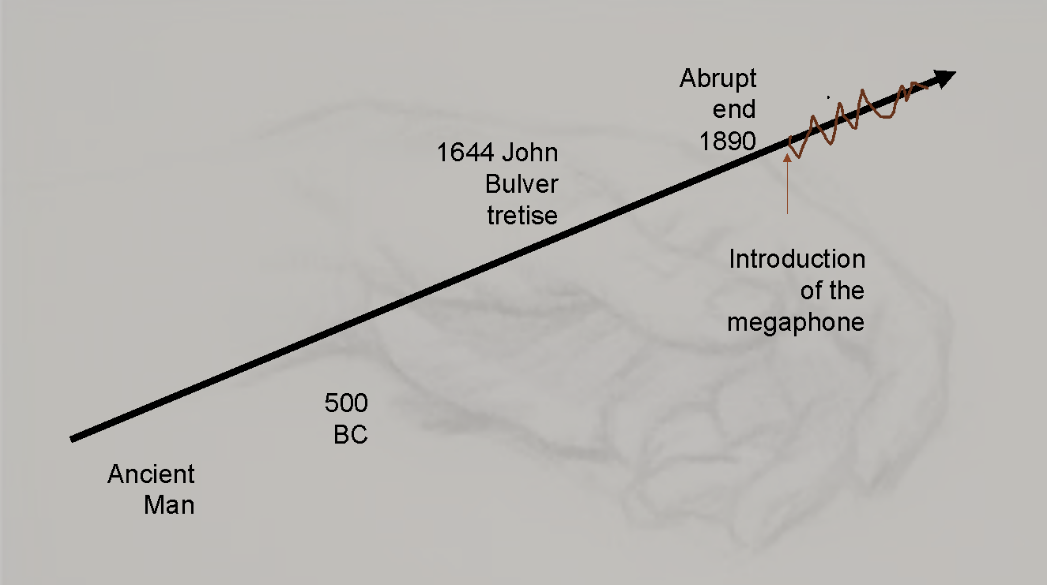
Did you know Titus told jokes using gestures alone? The Ancient Roman Emperors were drawn with their hands disproportionately large and the great orator Cicero had not only his head dismembered and put on display, but his hands were seen as such a threat, they joined his head.
I have unearthed scores of new gestures, so let me share one with you.
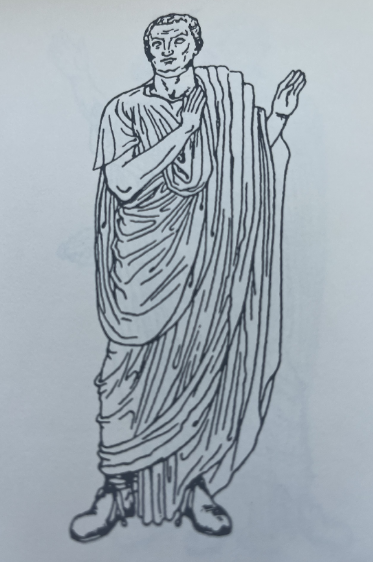
Gregory Aldrete, Gestures and Acclamations in Ancient Rome
This is the gesture for horror. Note how it is off to the left, where the Latin for left was sinister.
2. Guiding the eyes of others
We talk about eye contact, but little do we speak of guiding the eyes of others.
Following the discussion of gestures above, this gesture is the one for ‘aversion’.
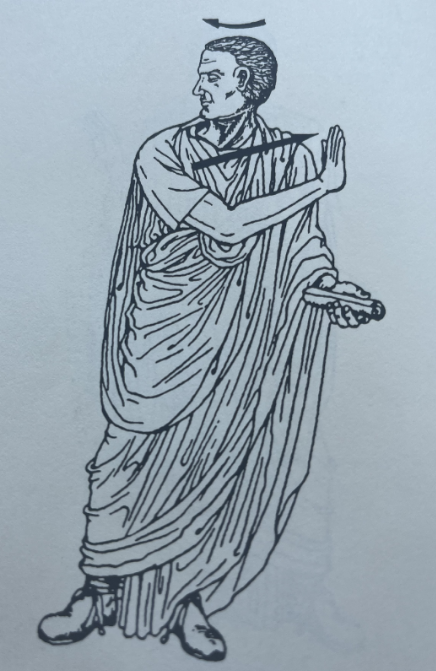
Critical here is that the head and hand are in different directions.
Now, think for a minute. Is this what you do when you present a PowerPoint or something on the whiteboard?
Are you inadvertently signalling that you have an aversion to the material to which you are gesturing by turning your head in the opposite direction?
The key is that the head and the hand are always in the same direction to show respect and opposite direction to show disrespect. The concept applies equally today.
3. Memory
Thirdly is the area of ‘memory’.
A lot of attention was given to the area of memory in Ancient Rome and today it is lost.
With our digital world even Einstein shared, you do not need to know everything if you can look it up.
However, we often have the need to remember our presentations and so it is pertinent to note that the Ancient Romans used no paper, sometimes presenting for hours.
The Romans used a technique called Roman rooms. I call it architecturally designing your content into space and gesture.
Do adventure into this area or join me at our next Gravitas session in Melbourne or Canberra.
We had so much fun at the Sydney Gravitas Masterclass last week, here are some of the photos!







